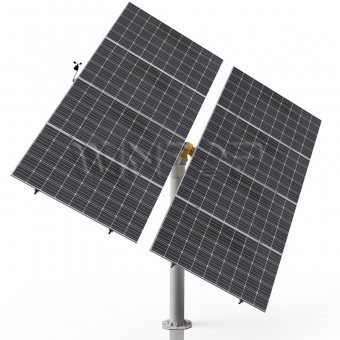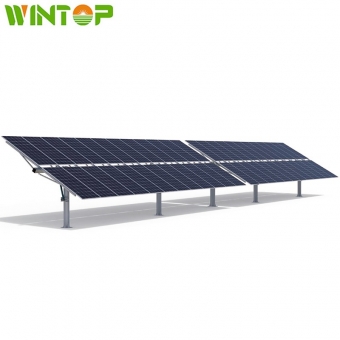Tracking systems are more valuable for centralized solar energy systems. Centralized solar energy systems typically include a central collection area for capturing solar energy and converting it into thermal or electrical energy. These systems use mirrors or lenses to focus solar energy on a single point, thereby improving energy concentration and efficiency.
The tracking system can track the movement of the sun and adjust the angle of the reflector or lens according to its position, ensuring that solar energy is always focused on the focal point. This tracking function enables the system to maximize the absorption of solar energy at different times of the day and seasons, and provide more stable output. In contrast, the panels of fixed solar energy systems are usually installed at a fixed angle and cannot be adjusted according to the movement of the sun.


Therefore, for centralized solar energy systems, tracking systems can improve the efficiency of solar energy utilization and provide higher energy output for the system. However, it is worth noting that tracking systems are typically more expensive than fixed systems and require more maintenance and operation. Therefore, when deciding whether to use a tracking system, it is necessary to comprehensively consider factors such as the project budget, applicable environment, and required energy output.

 Tiếng Việtvi
Tiếng Việtvi Tiếng Việtvi
Tiếng Việtvi

